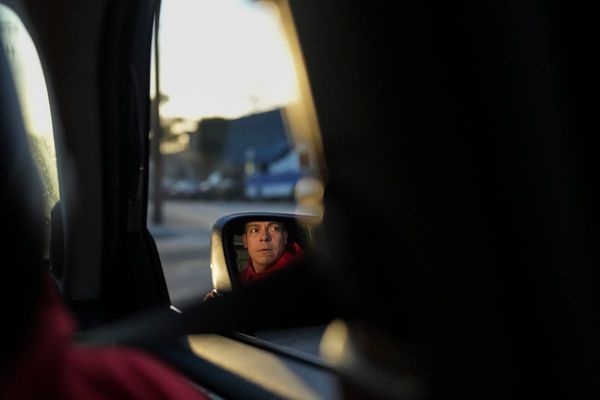At 2.35 p.m. Indian Standard Time on July 14, the Indian Space Research Organisation (ISRO) plans to launch the Chandrayaan-3 mission to the moon onboard a Launch Vehicle Mark 3 from Sriharikota. Chandrayaan-3 is largely a replica of its predecessor, Chandrayaan-2, that was launched in July 2019 in the form of an orbiter and a lander (‘Vikram’) bearing a rover (‘Pragyan’). While the orbiter entered into orbit around the moon, the surface mission failed in September when the lander crashed instead of executing a slow descent. ISRO later identified a problem in the guidance software and unexpected dispersion in the propulsion system during certain phases of the descent. In Chandrayaan-3, the rocket will place the payload in an elliptical orbit around the earth, where a propulsion module will take over and pilot the lander to a circular orbit around the moon. Finally, the lander will detach and begin a series of manoeuvres culminating in a gradual landing (on August 23-24 this year) over the surface. To improve the chances of success at this stage, ISRO has strengthened the lander’s legs, lowered its minimum thrust, enhanced the availability of power, and upgraded the landing sequence.
This will be India’s second attempt to soft-land a lander and rover on the lunar surface, and demonstrate end-to-end capability in the relevant technologies. Soft-landing on the moon is a complicated exercise and the possibility of failure exists, even if it may be lower — yet there is good reason to focus on the consequences of a complete success. The mission will play out with India’s decision to join the Artemis Accords in the backdrop; in this group, if the mission succeeds, the country will be just the second to have soft-landed a rover on the moon. The importance of this feat cannot be overstated: a slew of public and private moon-landing missions is in the works worldwide as the establishment of permanent bases on the natural satellite has emerged as a major geopolitical goal. The Accords define the U.S.-led axis while China and Russia are working on an ‘International Lunar Research Station’. The success of Chandrayaan-3 will also make it the surface mission closest to the lunar south pole to date, a region of the moon that has been found to be geologically unique and host to spots in permanent shadow. To study these and other features, the mission has six scientific payloads. A seventh instrument, on the propulsion module, will profile the signs of life on earth to help scientists look for similar signs on planets beyond the solar system. Taken together, Chandrayaan-3 offers opportunities for India to lead the world’s response to the moon’s growing importance in the scientific and the political milieus.







